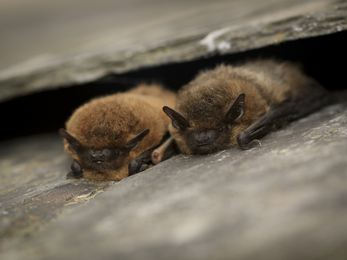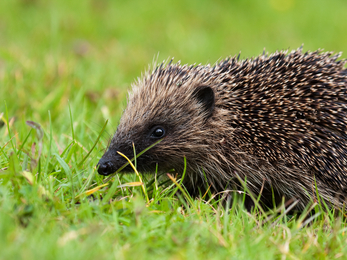OK, I don’t usually include ‘four-letter’ words in my blogs, but here goes – pest. You might read this and think, “Yep, they’re the annoying critters that eat and damage the plants I’ve lovingly tended!”
Perhaps unsurprisingly, I’m coming at this from a different perspective. It’s a real bugbear of mine (pardon the pun), but the ‘P’ word implies that just because a creature is annoying to us, it therefore has no value and should be eradicated at all costs.
I’m a keen gardener and allotment holder, so I do understand the disappointment when your favourite flowers or tasty vegetables get nibbled. It is, however, really important to remember that what we may perceive as a ‘pest’ is invariably food for something else or plays another key role in the garden ecosystem.
Apple-burrowing codling moth caterpillars can be a problem in orchards and on garden trees — bats, however, have been shown to offer valuable protection by feeding on the adult moths. Winter moth caterpillars are frequently the cause of holey leaves on many ornamental and fruit trees; they are, however, an important source of food for nesting birds.
Using pesticides on these caterpillars will reduce the food available to wildlife, is unsustainable, can cause long-term harm to the environment, and upsets the natural balance of predator and prey.






